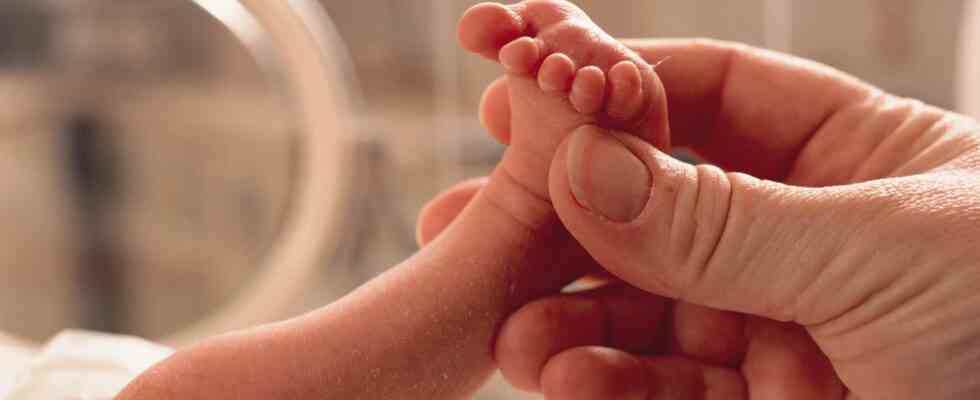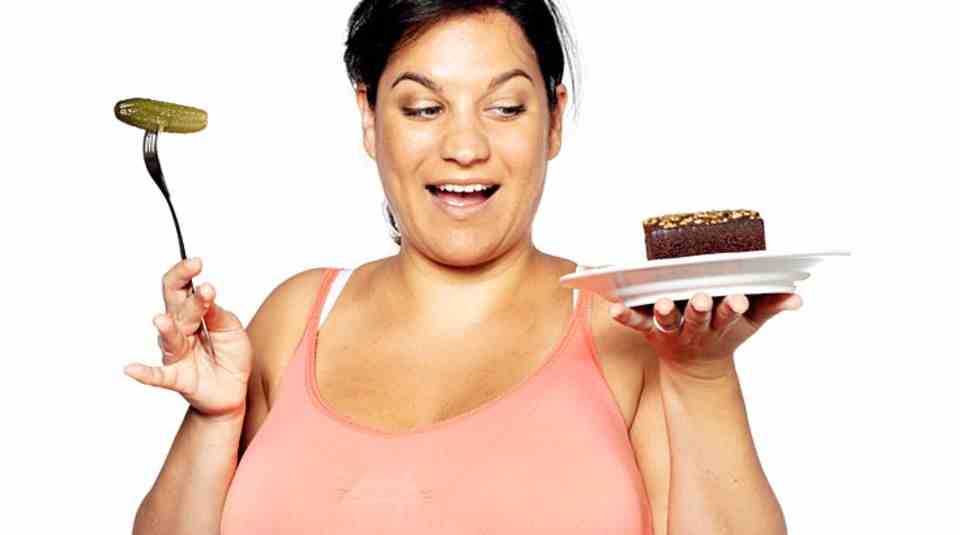study
Plasticizers in plastics could increase the risk of premature births
Researchers have discovered that environmental hormones could increase the risk of premature birth.
© Photodisc / Getty Images
In plastic food packaging, in floors, in shower curtains or cosmetics – there are plasticizers in countless products. Researchers have now discovered that so-called phthalates could increase the risk of premature birth.
Pregnant women worry a lot about what they can eat and what foods they should stay away from in order not to harm the fetus. But pollutants that we humans cannot see may have an impact on pregnancy. Researchers from the US National Institute of Environmental Health Science have now discovered that phthalates could increase the risk of preterm birth. Phthalates are found in many plastics because they are used there as plasticizers. They are found, for example, in plastic food packaging, children’s toys, floors or cosmetics.
Phthalates are environmental hormones. In technical jargon, these chemicals are referred to as endocrine disruptors. “Environmental hormones are pollutants. They have a similar structure to hormones and can fool the body into believing that they are real hormones. The pollutants, for example, bind to receptors in our body that are actually intended for hormones and can thus cause harmful effects,” explains the journalist Katharina Heckendorf, who has dealt intensively with environmental hormones, in an interview with “GEO”.
Phthalates could increase risk of preterm birth
But how do phthalates get into the body? For example, they are released from packaging and the pollutants are passed into the food and thus absorbed. Because phthalates are widely used, degradation products from these can be detected in the urine of almost everyone in richer countries. A study by the University of Lausanne was able to detect phthalates in the body of every second child between the ages of six months and three years. The problem: When endocrine disruptors act like hormones in the body, this can have negative consequences. For example, a pregnancy disorder.
Researchers led by Kelly Ferguson analyzed the data from 16 studies conducted between 1983 and 2018. Urine samples were also taken from the pregnant women, which enabled the scientists to determine the concentration of phthalates in the urine of 6045 participants. Kelly Ferguson and her team linked the concentration of phthalates to the length of pregnancy.
Difficult for pregnant women to banish pollutants from everyday life
The finding: Women with higher levels of phthalates in their urine are more likely to deliver their babies prematurely — that is, three or more weeks before their due date. “Preterm birth can be dangerous for both the baby and the mother, so it’s important to identify risk factors that could prevent it,” Kelly Ferguson said in a statement. According to calculations by Kelly Ferguson, if pregnant women reduced their exposure to phthalates by 50 percent, it would significantly reduce the number of premature births. According to their calculations, for every 1,000 live births there would be fewer than 79 premature births instead of the current 90. Exposure in medicine means being exposed to a substance that could be hazardous to health.
However, the results have one limitation: the researchers cannot rule out the possibility that other factors, in addition to the phthalate concentration in the urine, also played a role in the duration of the pregnancy. Yet Barrett Welch, first author of the study, advises pregnant women to prevent. You should try to avoid environmental hornomas in everyday life as much as possible. A reduction in everyday life is also positive. He admits: “It’s difficult for people to completely eliminate exposure to these chemicals in everyday life, but our results show that even small reductions within a large population could have beneficial effects for mothers and their children.”
He advises pregnant women to eat fresh, homemade food whenever possible. On the other hand, they should avoid processed foods that are in plastic containers or plastic packaging. Consumers should use products that are labeled as “phthalatefree”. It is also good to avoid products with fragrances, as they can also contain phthalates. For example in cosmetics and air fresheners.
Sources: Study in Jama Pediatrics, Notice of the study, Federal Environment Agency, GEO, Katharina Heckendorf (2021): “Environmental hormones. The everyday poison.”, Goldmann




